Pet Containment System
Dogs love spending time outdoors, but you may not be able to realistically walk your dog for hours every day. If you live in a home with a fenced-in garden, you can let your dog spend some outside time every day on your property.
In order to keep your dog confined to the garden boundary, you’ll need to ensure that your pet containment system is in place and your dog won’t escape and that you prioritise your dog’s needs being met.
It’s important that you spend time with your dog, so never leave your dog outside for prolonged periods of time without proper supervision and attention.
By giving your dog a safe, fun environment to play in, your dog can have plenty of exercise and outdoor time right outside your door.
Keeping Your Dog Safe Outside
Check the weather.
Extreme heat or extreme cold can potentially kill dogs left outdoors. Some dog breeds, like pugs, are particularly sensitive to extremes in temperature. You should never leave a dog unattended outdoors for prolonged periods of time, especially if the weather is going to be very hot or very cold.
Humidity and wind chill can also endanger a pet. All dogs are sensitive to humidity because they pant to cool themselves, and if the air is very humid their bodies will overheat very quickly.
Check the weather and the humidity/wind chill levels before leaving your dog outside. Add the air temperature (in Fahrenheit) plus the humidity level, and if that number is higher than 150 your dog is at risk of heat stroke.
If the temperature is below 40 degrees Fahrenheit (4.4 degrees Celsius), you should keep your dog indoors.
Wind chill can quickly kill dogs left outdoors, regardless of what the air temperature is. Bring your dog indoors if the air temperature or the wind chill drops below freezing in your area.
Short-haired dog breeds are generally more uncomfortable in cold weather, while long-haired dog breeds are generally more uncomfortable in hot weather.
As a general rule, if you’re too warm or cold while exposed to the elements outdoors, your dog will be too.
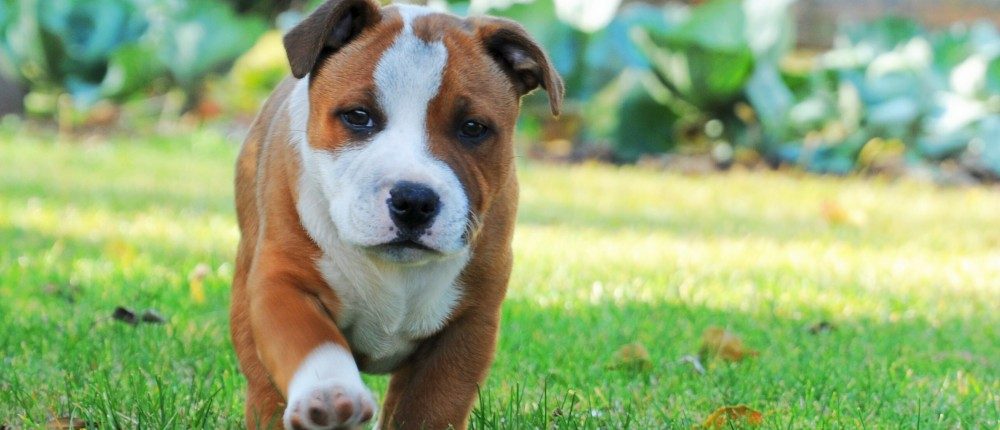
Give your dog water.
Dogs need constant access to fresh, clean drinking water. In hot weather, dogs will need to drink even more water. You can help keep your dog cooler in hot weather by adding ice to the water bowl.
Provide some shade and shelter.
Dogs need relief from the elements, and if you don’t let your dog indoors that relief will have to be provided outside. Your dog will also need a place to retreat to if it starts to rain or snow, or if your pet simply wants to feel safe and protected.
Dog houses don’t protect dogs on hot days. If anything, the confining space actually makes your dog even hotter. Shade from overhead trees is ideal.
If you don’t have trees in your garden, you can hang tarps across part to give your dog a breezy, shaded spot. Your dog should also have a covered area to retreat to if it rains.
A small dog house or some other type of shelter would be ideal for this situation. Make sure your dog’s shelter blocks out the wind if you plan on leaving your dog outdoors during the winter. Your dog should have a raised bed so it is not lying on the ground, whether it’s hot out or cold.
You may want to consider an insulated doghouse as well to protect against heat and cold.
Exercise your dog.
Dogs need exercise every day in order to stay physically and mentally fit. If your dog is not getting enough exercise, leaving it outdoors in the garden will lead to bored, restless behaviour.
That behaviour is often destructive and undesirable. You may assume that being outside is its own form of exercise, but to your dog, it may feel like abandonment.
Never leave your dog in the garden without first giving it some type of exercise. Make sure your dog gets at least two long walks each day that leave your pet tired and panting. This will help ensure that your dog isn’t bored or restless.
Leave toys outside.
In addition to exercise, dogs need time to play. It’s good for their minds and bodies, as the physical exhaustion of play is usually mixed with solving puzzles, hunting, or chasing.
Try leaving chew toys in the yard, as well as toys that can be filled with food. Kong toys, for example, will keep your dog occupied and make your pet feel like it’s working to earn its food.
Limit outdoor time.
Leaving a dog unattended is, generally, considered safe if it’s for brief periods of time. However, every dog is different and some dogs may have intense anxiety about being left alone. Anxiety can lead to undesirable behavioural issues like digging, chewing, fighting the fence, and incessant barking whilst outside.
Remember that dogs are pack animals. They need companionship, and if you leave them alone outside all the time they may experience psychological trauma.
If your dog is alone for prolonged periods of time, it will get bored and create destructive “jobs” to relieve that boredom. To ensure your dog is safe and is not engaging in any behavioural problems, keep unsupervised outdoor time to a minimum.
Confining Your Dog to the Garden
Build a tall fence.
The safest way to keep a dog on your property is by having a fenced-in yard. A fenced-in garden, carries a risk, that your dog has the potential to jump over the fence or dig underneath it to escape.
Make sure your fence is tall enough that your dog won’t be able to jump over it. Ask your vet or a qualified dog trainer how high your dog (based on breed, body size, etc.) can realistically jump.
Check your fence for weaknesses. A strong dog could easily break through a weak fence or squeeze through a small gap.
If you don’t want to fence in your whole yard, consider building a dog run. You can buy and connect chain link fence sections, then put a roof over the run so your dog will have shade and won’t be able to jump out.
Avoid tying or chaining your dog.
Though a tethered line may seem ideal for outdoor time, especially for dogs that dig or jump, it’s actually quite dangerous. A dog can easily sustain an injury by getting tangled up in a rope, leash or chain. This is why it’s so important to supervise your dog at all times.
Accidental strangulation is a significant risk for dogs who are left tied up, alone, for prolonged periods of time. Dogs left tied up or chained outside frequently has built-up energy and aggression. These dogs may take out that aggression on people, including family members.
Some countries actually have laws against tethering dogs. Keeping your dog tied or chained, may result in fines and end with your dog being taken from your home.
Consider A Wireless Dog Fence.
People falsely assume that a dog can be safely left outdoors when there is an electronic fence in place. However, electronic fences are actually quite unsafe for dogs and here in the UK many are illegal.
Dogs often run through the fence barrier to chase animals or flee from fireworks and are reluctant to cross back into the garden, leaving them wandering the streets aimlessly.
Make sure you get a wireless pet fence which is legal for use in your country such as the DogWatch system by DogFence who have worked with the government to ensure their product fully conforms to legislation.
If you would like a free in-home consultation for the installation of a wireless pet containment system, please contact Dog Fence today!



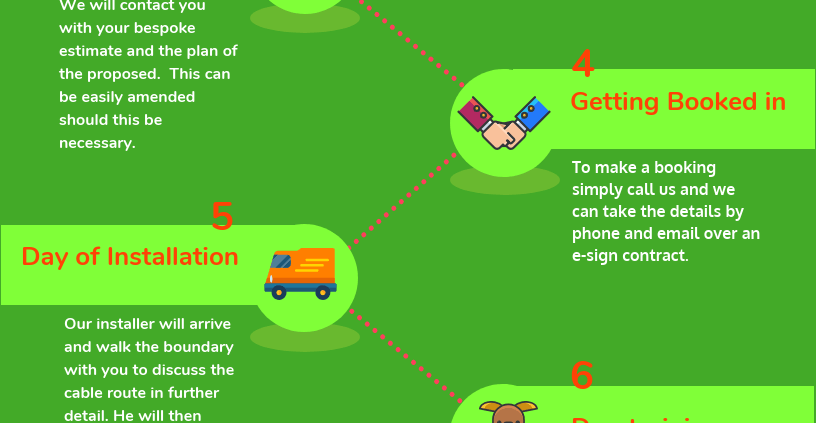
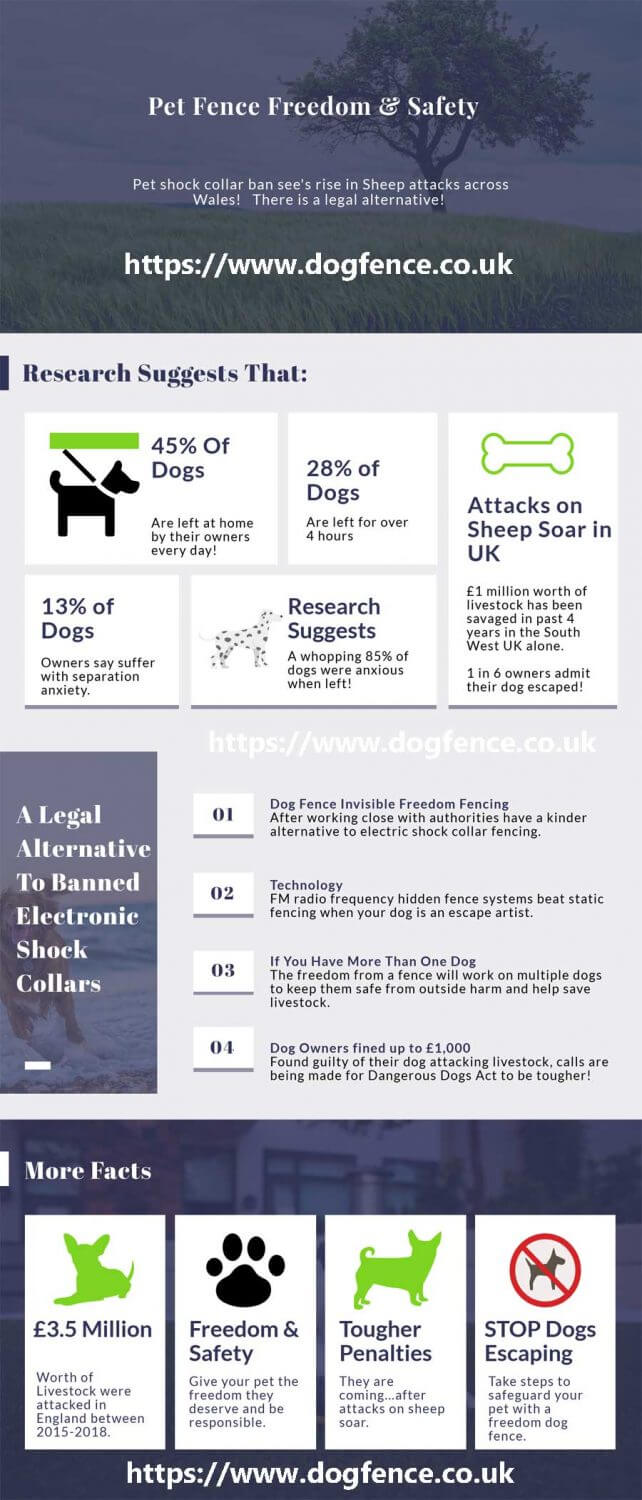
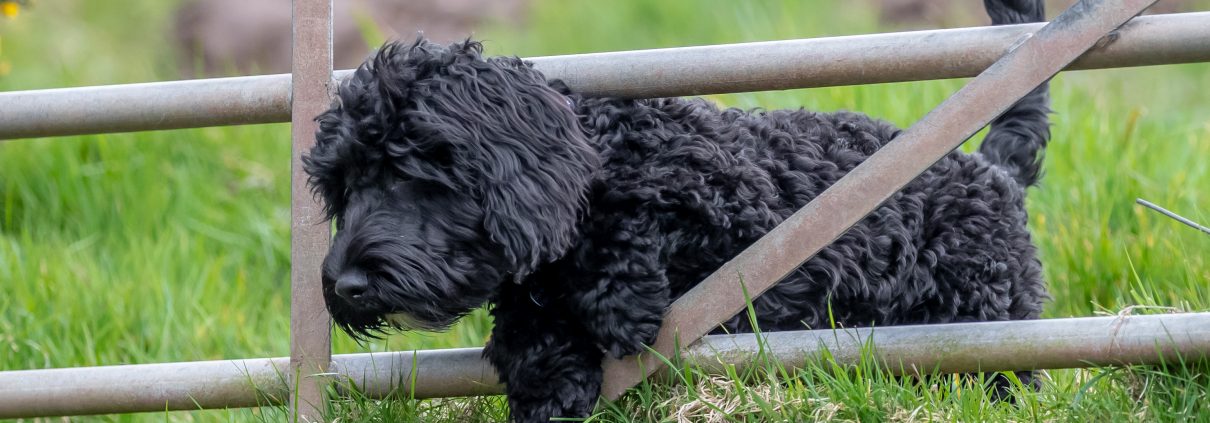
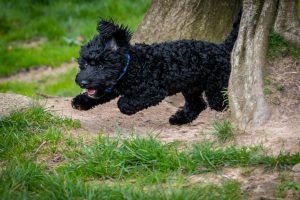

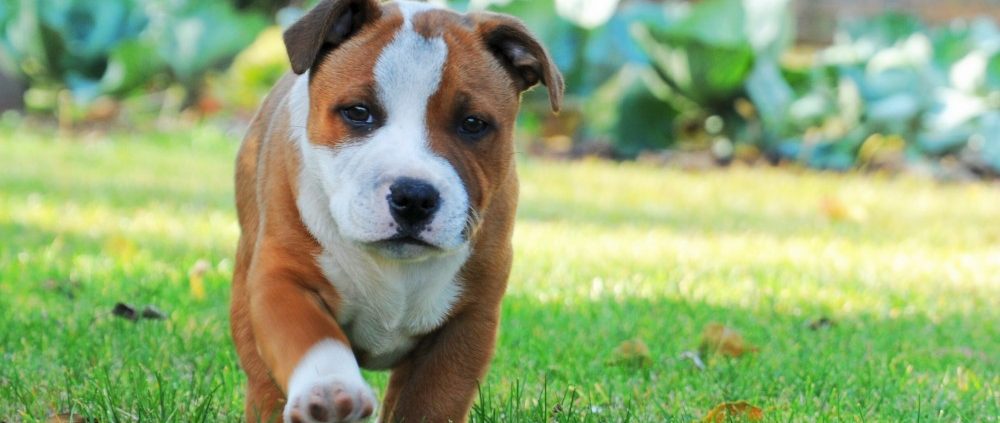

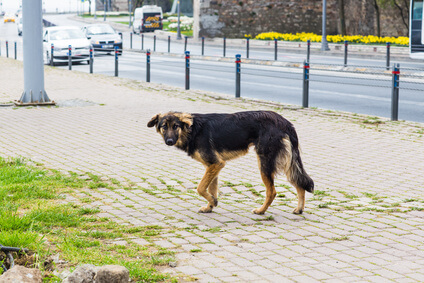

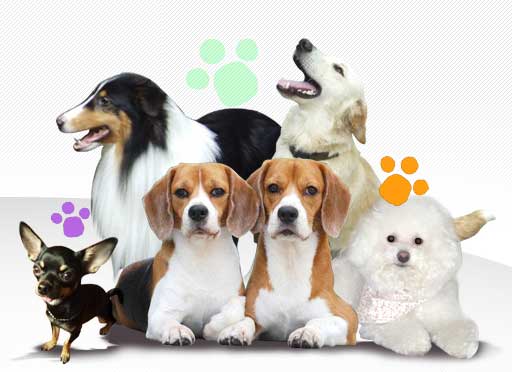

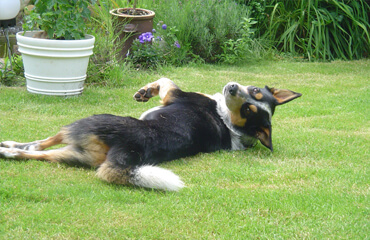
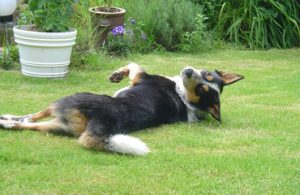

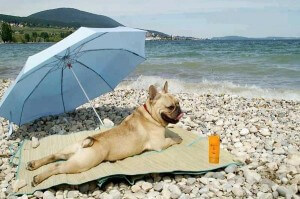
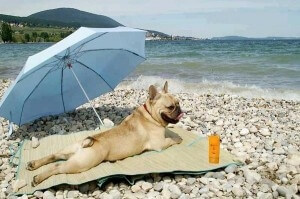 It’s easy finding a spot where the children can roam free but not so easy finding one where the family dog can join in the fun so we thought we’d give you a quick recap of the beaches in the United Kingdom that allow dogs to run free.
It’s easy finding a spot where the children can roam free but not so easy finding one where the family dog can join in the fun so we thought we’d give you a quick recap of the beaches in the United Kingdom that allow dogs to run free.

